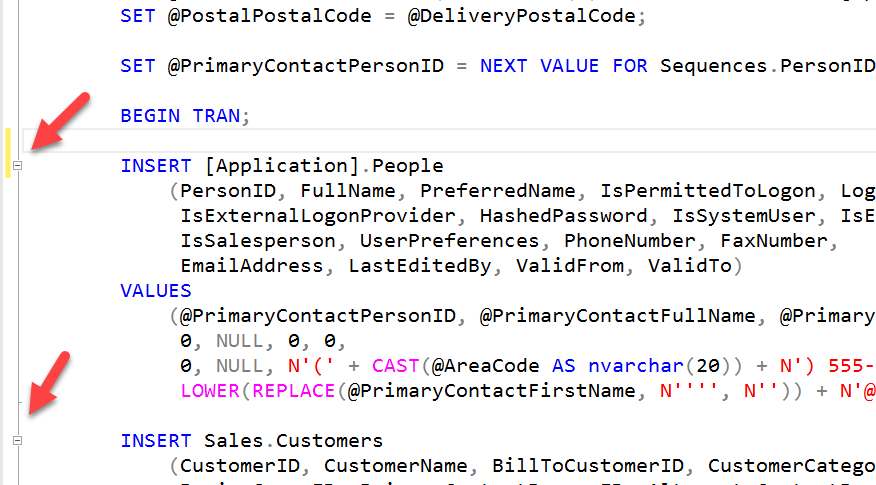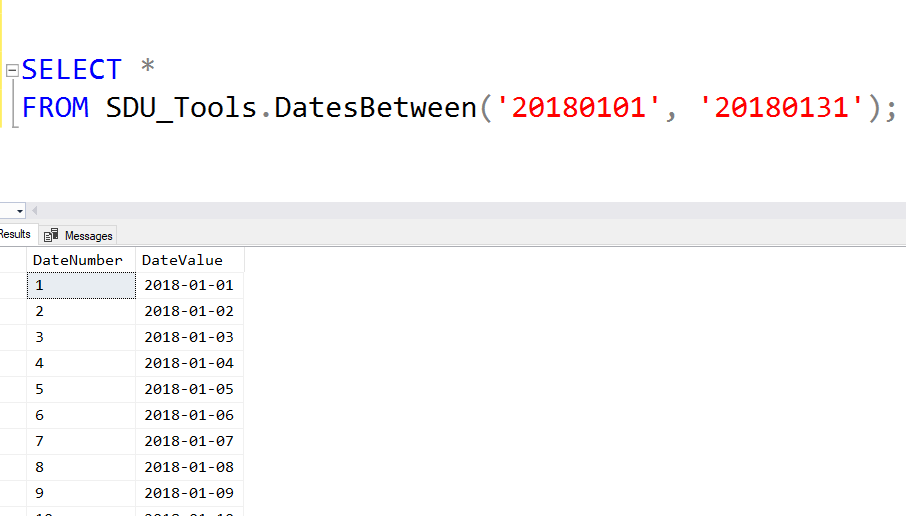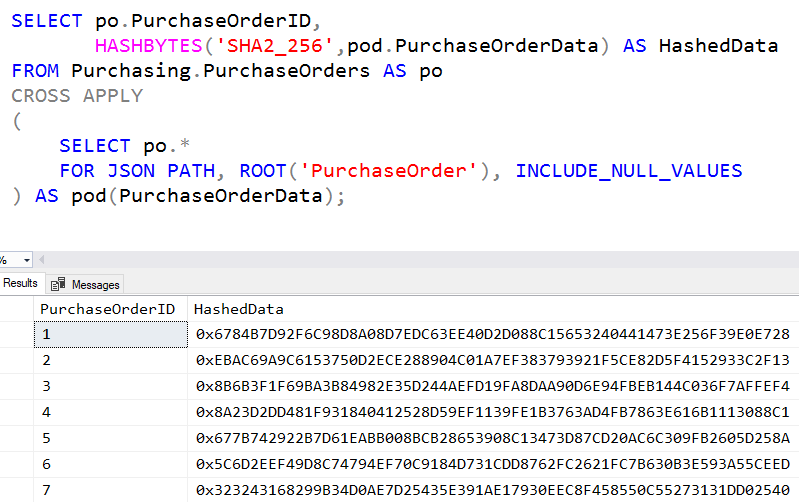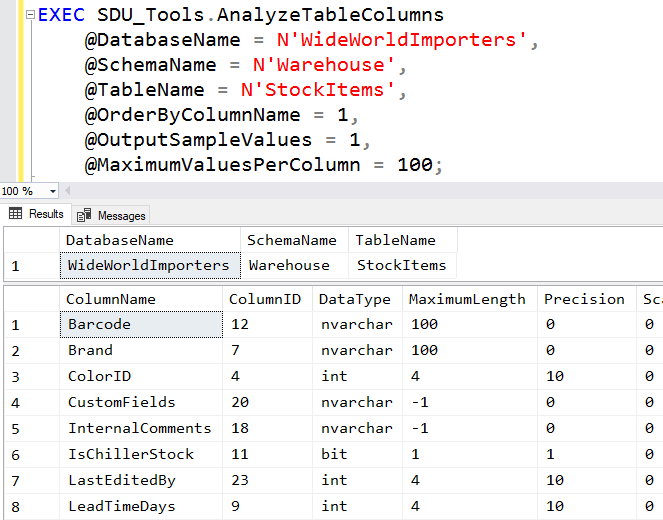
Shortcut: Code outlining in SQL Server Management Studio
For some years now, SQL Server Management Studio (SSMS) has had the ability to use code outlining, the same way that other Visual Studio applications can.
This can be very useful when you are trying to navigate around a large script file.
The simplest usage is to collapse or expand a region of code. Note that in the following script, code regions have been automatically added by SSMS:

This allows us to click on the outline handles, and collapse the code:
2018-07-19








